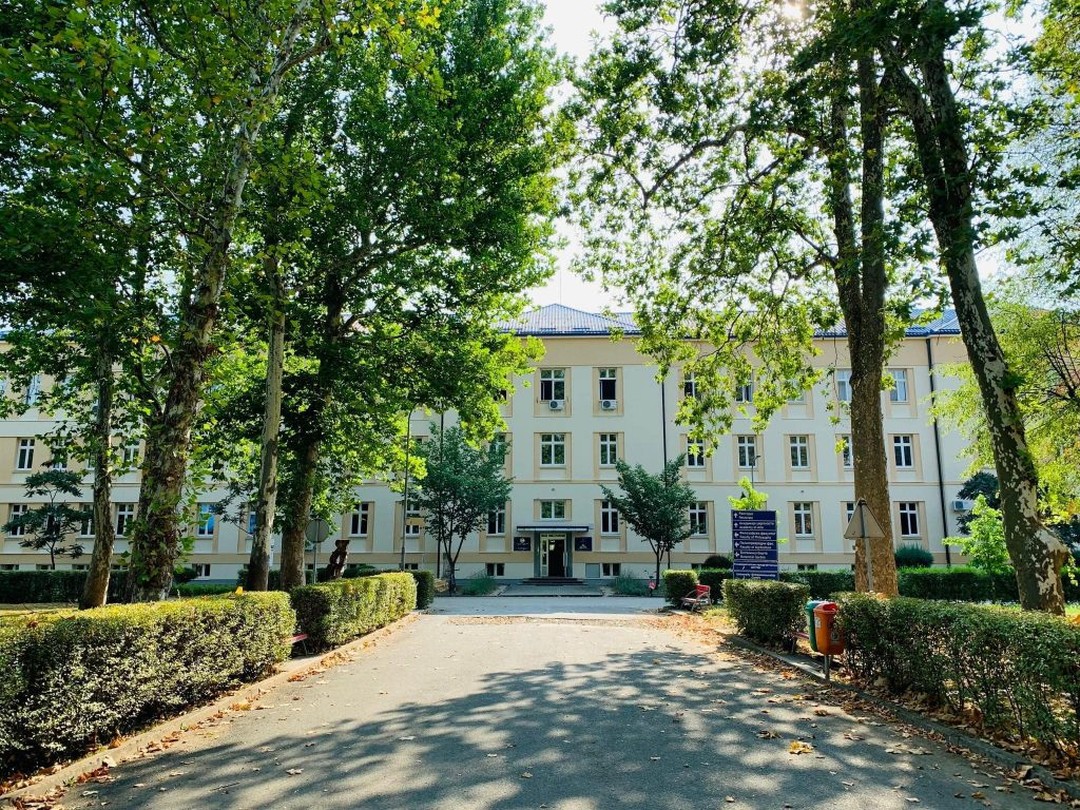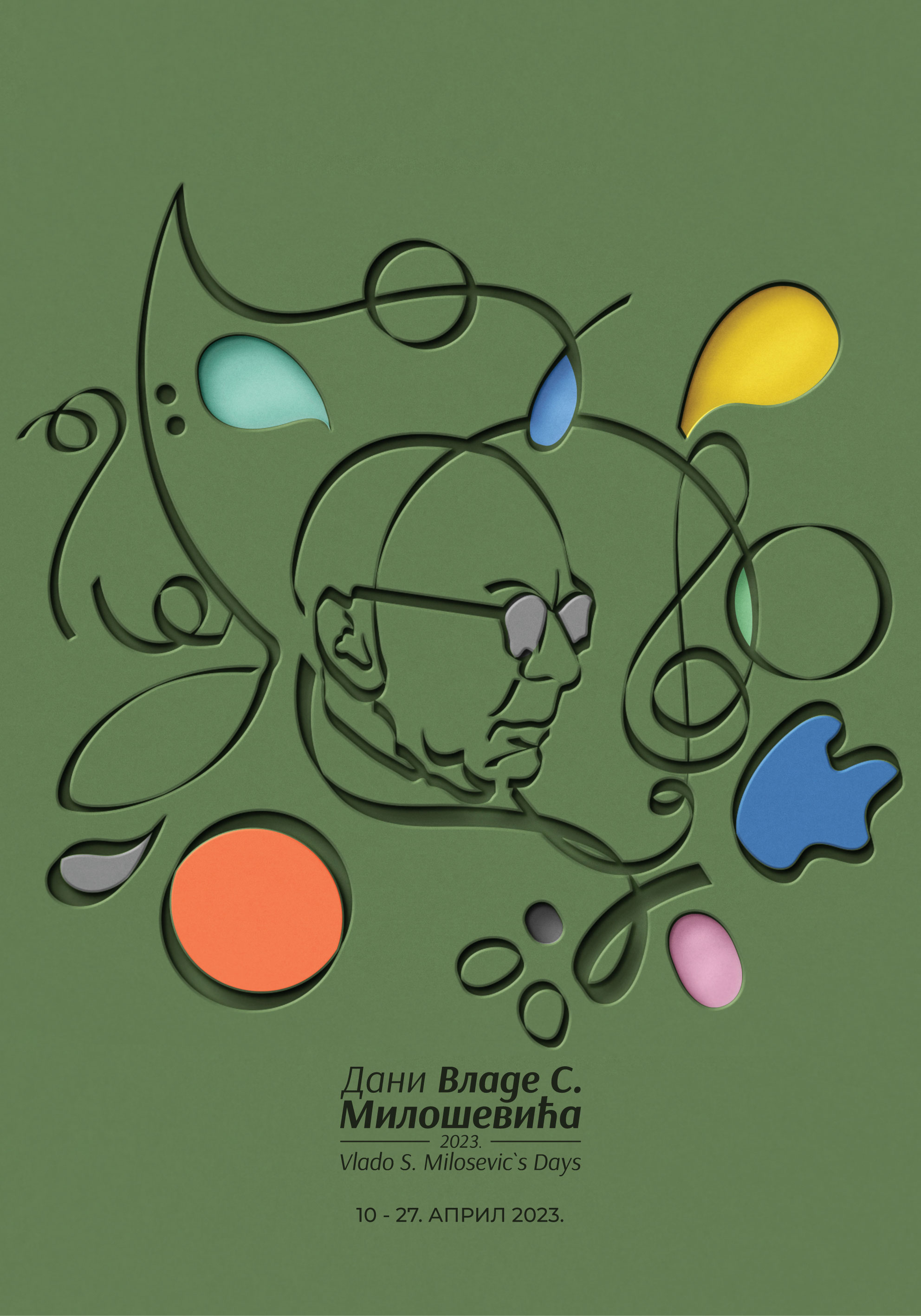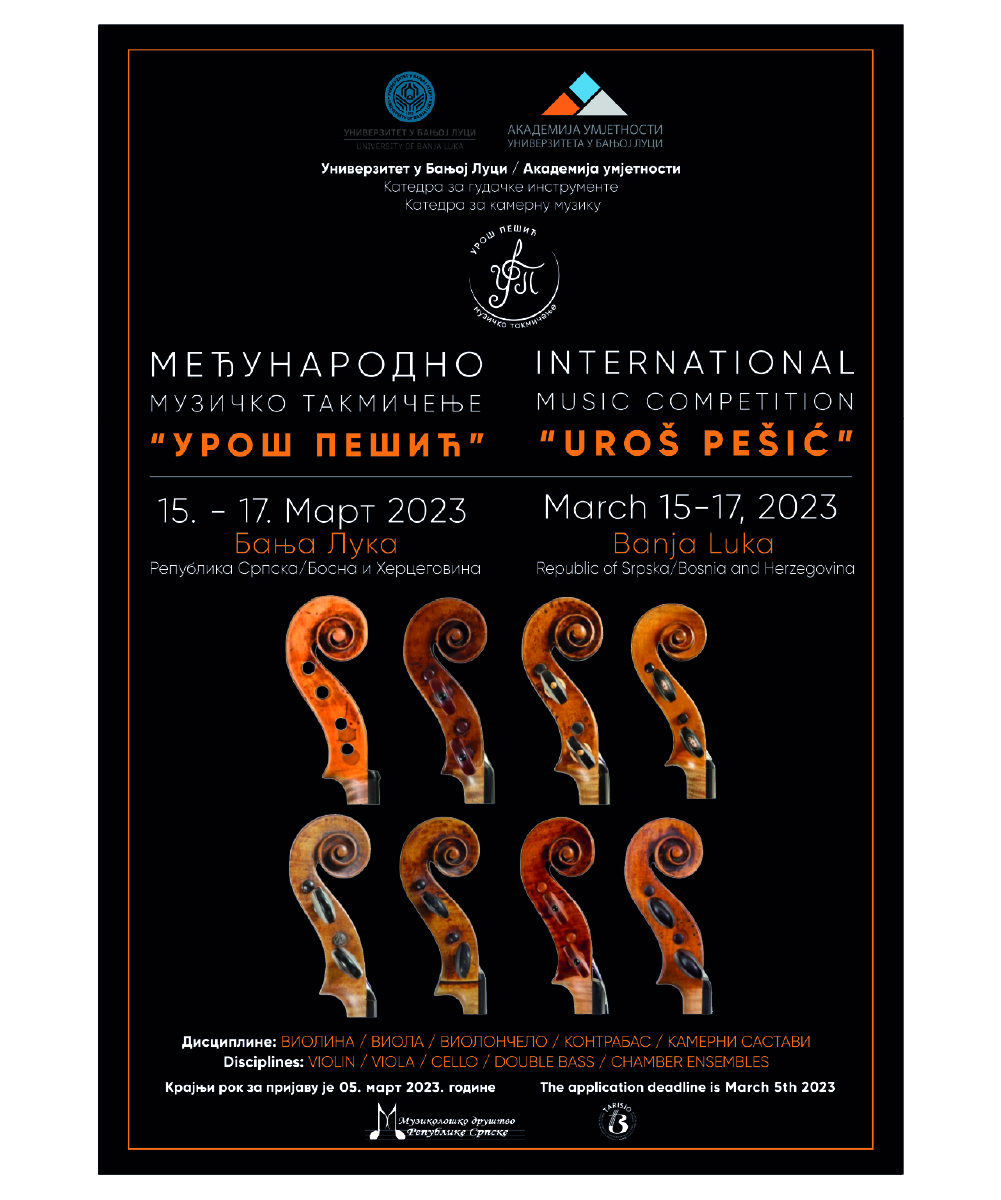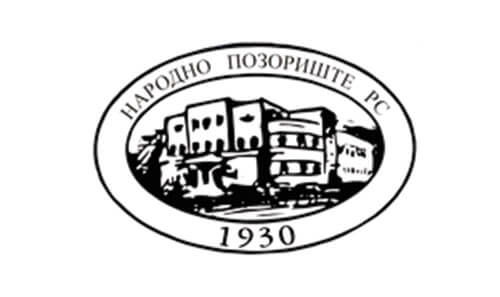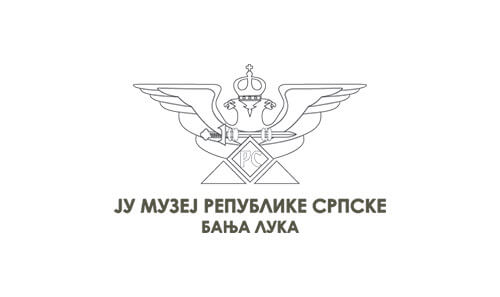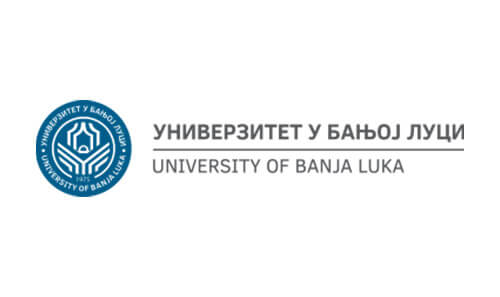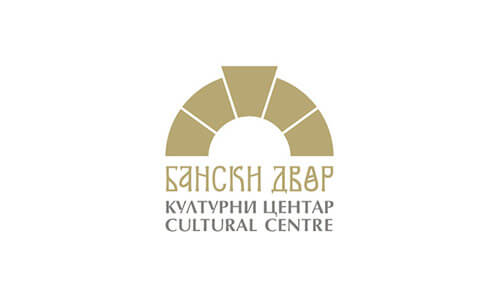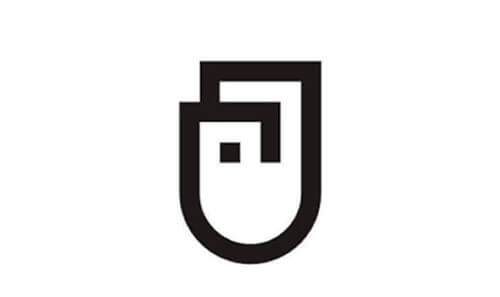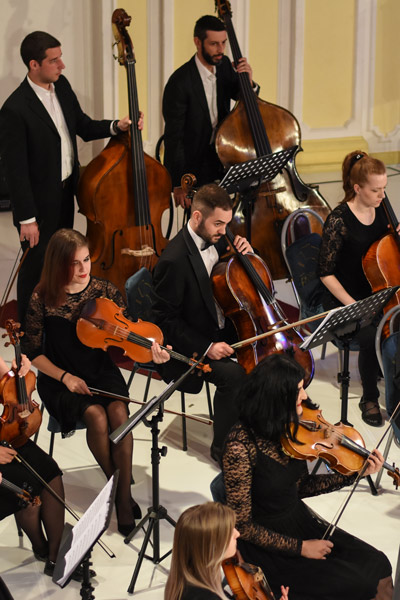
String Instruments
-
Who enrolls in this department?
At this department, Bachelor's and Master’s studies are conducted in the following study groups:
violin
viola
cello
double bass
The renowned artists who have active domestic and international solo careers are the Department of String Instruments lecturers. The students of music high schools, who have successfully graduated, enroll in the violin, viola, cello, and double bass sections.Studies
As they want to achieve education for a successful music art practice, our students can take various classes. In addition to the theoretical subjects they take with the students of other departments, there are classes focused strictly on the chosen instrument. The main subject classes are one-to-one classes.
What after studies?
As they play in the smaller chamber ensembles and the Orchestra of the Academy of Arts, our students are highly dedicated to the classes of the Departments of Chamber Music and Conducting.
String Instruments
Ivan Otašević, associate professor
01.
Bachelor studies
After Bachelor studies, i.e., first cycle, students get these title:
- Bachelor of music – 240 ECTS, a violinist
The Curriculum is not available in this moment.
- Bachelor of music – 240 ECTS, a violist
The Curriculum is not available in this moment.
- Bachelor of music – 240 ECTS, a cellist
The Curriculum is not available in this moment.
- Bachelor of music – 240 ECTS, a double bassist
The Curriculum is not available in this moment.
-
Application process
Applications are submitted to Student Administration Offices of the Academy of Arts. Entrance requirements for Bachelor studies (1st cycle studies) include a four-year secondary school degree and a successfully passed entrance examination.
During the application process, candidates must submit:Documentation
For more information, please contact us.
-
Entrance examination - violin
- a concert (the first movement or both second and third movement), Ј. S. Bach: solo partita (sonata) – two movements, a concert etude or a capriccio; solfeggio (the program is performed from memory)
Entrance examination - viola
- a concert (the first movement or both second and third movement), Ј. S. Bach: a suite for cello or a sonata and a partita for solo violin (two movements); a concert etude or a capriccio; solfeggio (the program is performed from memory)
Entrance examination - cello
- a baroque suite (one movement); a concert (one movement), an etude or a capriccio; solfeggio (the program is performed from memory)
Entrance examination – double bass
- one scale with modes
an etude (free choice)
classical concert (the first movement) (the program is performed from memory)
Consultation
There are organized consultations during preparatory classes for the entrance exam.
Ivan Otašević, MA, Associate professor
Department of String Instruments
Note
Candidates, who take the entrance exam with no piano accompanist, can hire an artistic associate of the Academy of Arts.
-
Ranking list
The right to be presented on the ranking list is achieved by the candidate who has passed the entrance exam which estimates the skills and talents of candidates (aptitude test) and which is determined by the Academy of Arts.
The ranking list of the candidates for the enrolment in this art programme is determined according to:- General success achieved in secondary education (success in all subjects and grades of a four-year high school)
- Results achieved in the entrance exam or the aptitude test.
The number of points achieved on the basis of general success is obtained by multiplying the average grade in all subjects of a four-year high school by the number 10 (ten)
At the entrance exam or aptitude test, the candidate can achieve from 0 (zero) to 50 (fifty) points. According to both criteria, it is possible to achieve a maximum of 100 (hundred) points. Candidates who did not achieve more than 15 points in the entrance exam are not eligible for enrollment.
02.
Master Studies
After Master studies, i.e., second cycle, students get these title:
- Master of music in violin – 300 ECTS
The Curriculum is not available in this moment.
- Master of music in viola – 300 ECTS
The Curriculum is not available in this moment.
- Master of music in cello– 300 ECTS
The Curriculum is not available in this moment.
- Master of music in double bass– 300 ECTS
The Curriculum is not available in this moment.
-
Application process
Applications are submitted to Student Administration Offices of the Academy of Arts. During the Application process, candidates must submit:
Documentation
For more information, please contact us.
Enrollment requirements
Master studies can be enrolled by the candidates who
- have earned: a four-year Bachelor’s degree, i.e., 240 ECTS credits; a minimum overall GPA of 8.0 at Bachelor’s studies and 9.0 in diploma/final examination, and
- have successfully passed entrance examination
-
Entrance examination - violin
- a grand concerto (the first movement or both second and third movement) by L.W. Beethoven and great composers from 19th and 20th century
- the first movement of a cadenza concert by W.A. Mozart
- Ј. S. Bach BWV 1001-1006: a solo partita (two movements) and a violin sonata
- a virtuoso etude/caprice
Entrance examination -viola
- a grand concerto by the composers from 19th and 20th century
- the first movement of the concert with cadenza by the composers of classical period
- Virtuoso etude/caprice
Entrance examination - cello
- a grand concerto (the first movement or both second and third movement)
- Two movements from six suites for cello by J.S. Bach BWV. 1007-1012
- Virtuoso etude/caprice
Entrance examination- double bass
- In preparation
There are organized consultations during preparatory classes for the entrance exam.
Ivan Otašević, associate professor
Department of String Instruments
-
Rank list and enrollment
The right to be ranked on a unique ranking list is attained by a candidate who has passed the aptitude test. The Academy determines the order of candidates who have passed the entrance exam according to the number of total points achieved.
The ranking list of candidates for the enrollment in the study program of the first year of the second cycle of studies is determined on the basis of:- General success achieved during the first cycle of studies (average grade during studies)
- The results obtained in the entrance examination or the aptitude test.
The number of points achieved on the basis of success in the first cycle of studies is obtained by multiplying the average grade by the number 5 (five).
At the entrance exam or aptitude test, the candidate can achieve from 0 (zero) to 50 (fifty) points. According to both criteria, it is possible to achieve a maximum of 100 (hundred) points. Candidates who did not achieve more than 15 points in the entrance exam are not eligible for enrollment.

